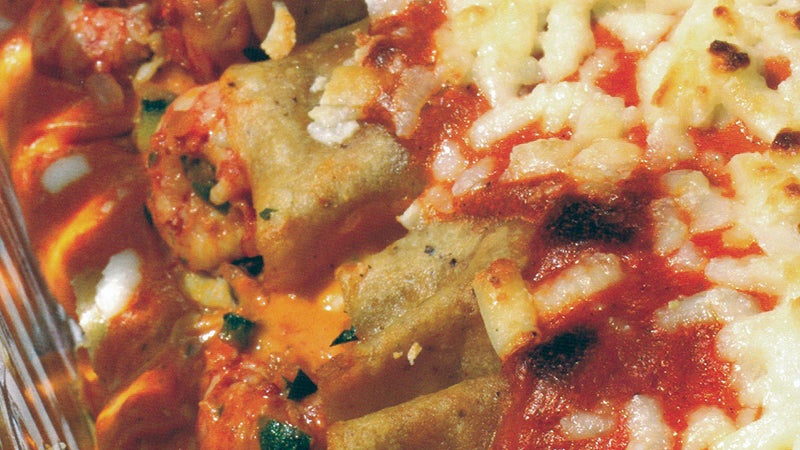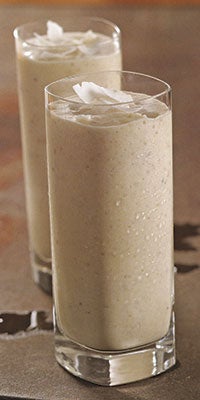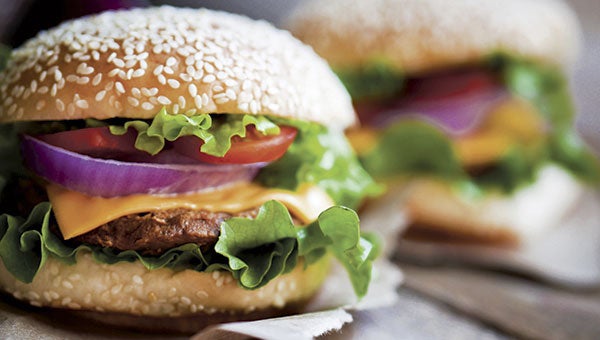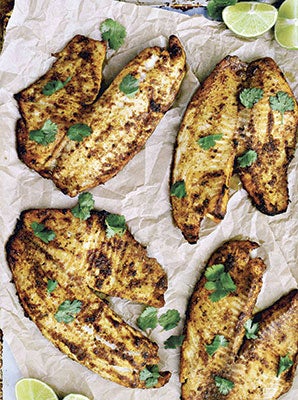For the love of toast?
Published 12:58 am Saturday, January 24, 2015
I told my husband I was doing an article on toast! He said, “What can you say about toast?” Actually a lot, I believe! My new cooking magazines all had something about toast…the latest thing to put on toast, so I began wondering how we got toast anyway. First of course there was bread!
In the beginning there was no grocery store, baker, fridge, or freezer, so a lot of bread became stale. Probably at some point, somebody got fed up and tossed a piece in the fire, or at least meant to. Instead, it landed near, and only got browned.
The Egyptians generally get credit for leavened bread; the British Museum houses 5,000 year old Egyptian loaves, and King Tut was buried with a stalk of wheat, the symbol of royalty. But Romans usually get the credit for toast. Whether they actually discovered that fire plus bread equals an entirely different savory golden-brown treat, or whether they just liked the idea and popularized it, is uncertain, but either way they took charge of the branding. “Tostum” is Latin for scorched, and toast was made by putting stale bread on a stone near fire, and later on a wire frame over fire.
For the next several hundred years, toast and bread were in a way, a hot button issue. While his subjects toasted brown bread in abundance, Caesar made the serving of brown bread to a Roman elite a crime punishable by prison time. Years went by, empires rose and fell, the toasting fork was invented, and bread remained central to Western culture. Passion for bread mixed with politics produced the French revolution; tired of coarse rye and barley they were forced to buy, the peasants demanded the soft wheat of the aristocrats. Throughout the 18th century there were riots, until a bread shortage led to massive protests. Bread was not the only food that the French peasants had to eat, and it was not just hunger that drove the bread riots. It was also a desire for what good bread represented: pleasure, comfort, and leisure—all luxuries unavailable to peasants.
A look through patent records gives the impression that the toasting fork was the iPhone App of the Victorian Age: everyone wanted to invent the next best one. There were three-pronged and two-pronged forks, forks with small trays below the prongs to keep the toast from falling in the fire, and forks with racks instead of prongs so that more than one piece of toast could be made at once. With all this interest in toast forks, it is not surprising that the toaster was the first household electrical appliance to appear once electricity was invented, second only to the lamp. The first toaster, introduced in 1893 by the British Crompton and Company, wasn’t very good. It was a dangerous appliance with all its wiring on the outside and it only toasted one piece of bread at a time.
But improvements came fast, in a slew of new patents, and by 1920 the first pop-up toaster with a timer was introduced by a Minnesotan named Charles Strite, who had long been bemoaning the burnt toast in his company cafeteria. Sliced bread followed shortly after, in 1928, and toaster sales boomed.
Europeans’ love of toast had taken root and flourished even as stale bread became an easily preventable issue. In Britain it was integral to both tea time and breakfast. Though they did not adopt tea time, the necessity of toast at breakfast was a preference that the first British in America did bring with them, and today egg dishes at restaurants across the country still invariably come with toast. There are endless variations: toast with butter, toast with jam, beans on toast, peanut butter toast, cheese toast, Texas toast, egg and soldiers, toad-in-a-hole.
Today, 75 million Americans eat toast every day. Toast is no longer a sign of unattainable privilege; in fact it’s generally the cheapest of edible indulgences. So why this continued obsession? Perhaps, as Margaret Atwood wrote in Oryx and Crake, “toast cannot be explained by any rational means;” so few of our obsessions can.
After all that, here are some new things to put on your toast:
Avocado toast is taking over, especially on social media. If you want to make some, smash up one avocado, add some lemon and salt, spread on toasted bread and drizzle with olive oil. Add a few red pepper flakes for a kick. There has been some news this week that an avocado a day will help your heart. I had this for breakfast all last week. Cut in bite sized pieces it would also do well as a pick up at your next party.
Ricotta, kale and mushroom toast is easy to make. Toast some bread (any kind) and spread with ricotta, plus sautéed mushrooms and kale with garlic and chili plus some white wine vinegar. Add salt and pepper to taste.
Toast some whole grain bread with softened butter seasoned with salt and pepper. Add a sliced pear plus some bee pollen (I used some honey) and add more salt and pepper.
The most interesting use of toast came in the January 2015 issue of ‘Saveur’ magazine. The idea is to burn your toast and make a powder out of the burnt toast. Supposedly, the fragrant charcoal-like dust lends a nutty, smoky element to spice mixes and sauces, chicken and roasted vegetables. Now the kicker is that it was used as a mixture to put over vanilla ice cream. So here is a recipe for Burnt-Bread Powder. Try it over ice cream and see how it goes. I have not tried this yet! My husband just rolls his eyes.
Burnt-Bread Powder
Slice 4 ounces of bread, preferably yeast-risen with a heavy crust, about ¼ “ thick. Using a grill or broiler, toast bread, turning as needed, until evenly burnt, 4-6 minutes. Transfer bread to a baking sheet fitted with a rack; let it sit overnight until completely dried out. Chop bread into ½ ” pieces. Working in batches, grind into a powder using a spice grinder. Makes about 1/3 cup.





